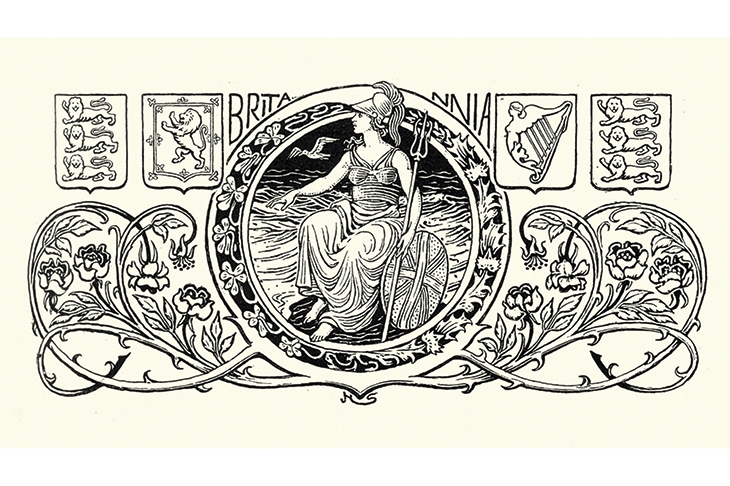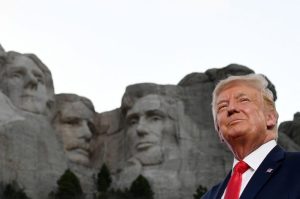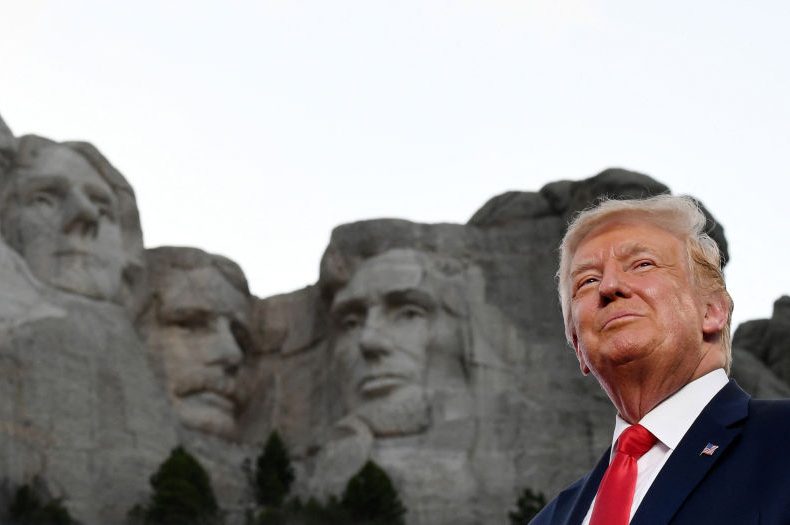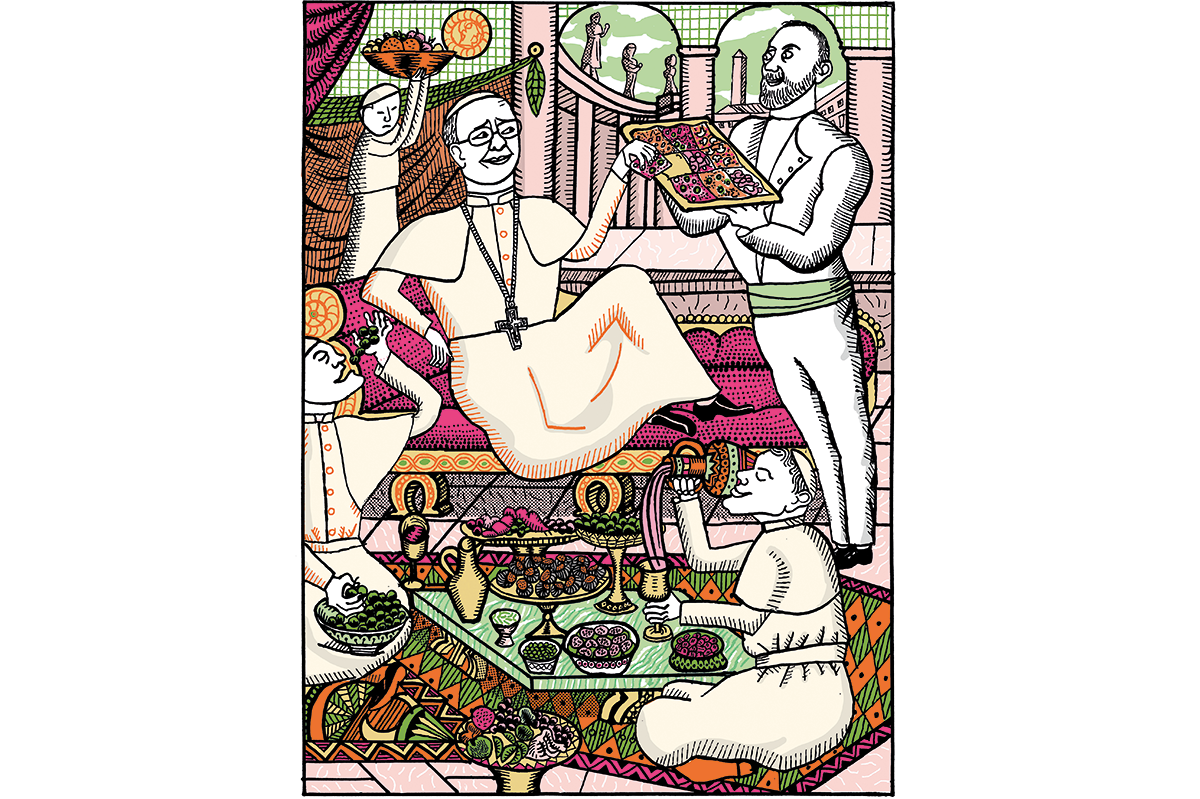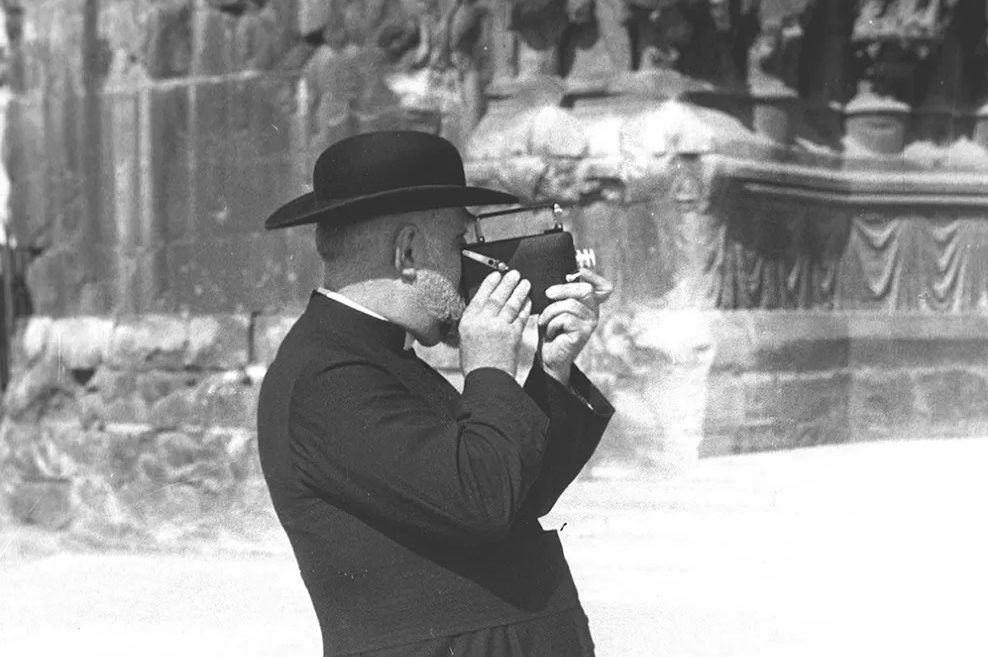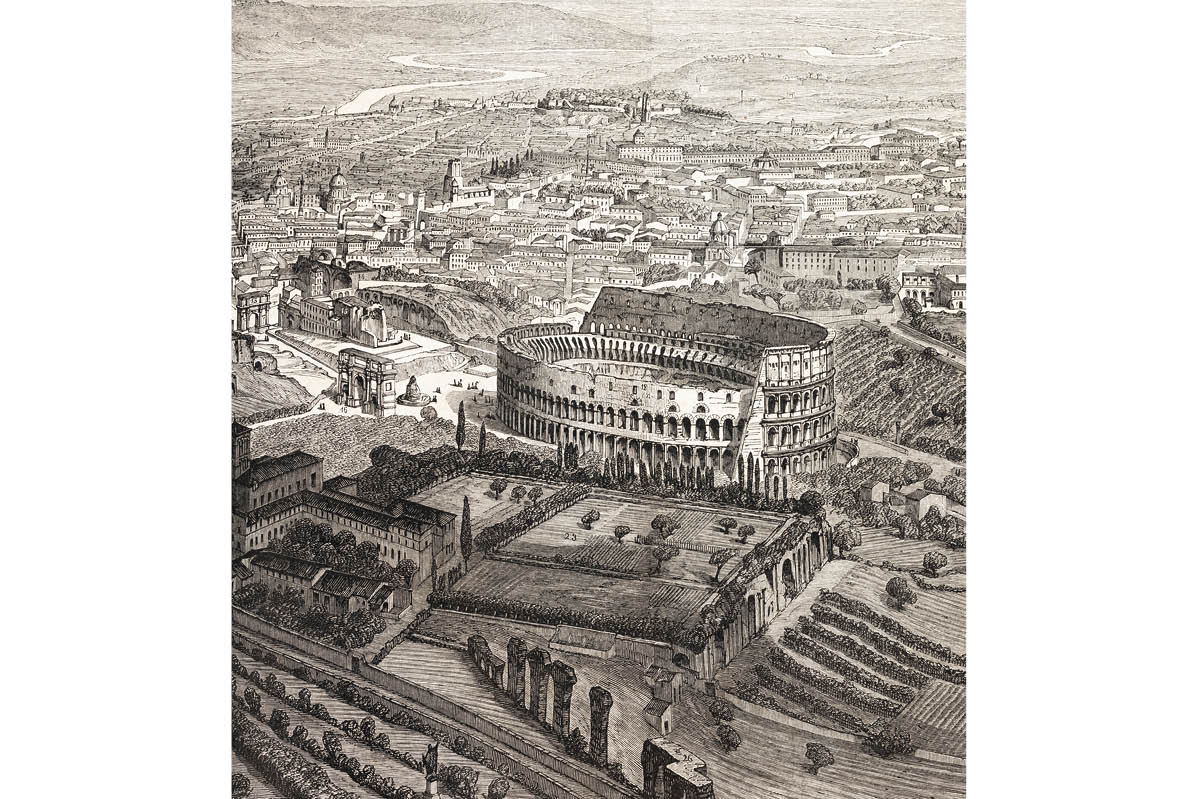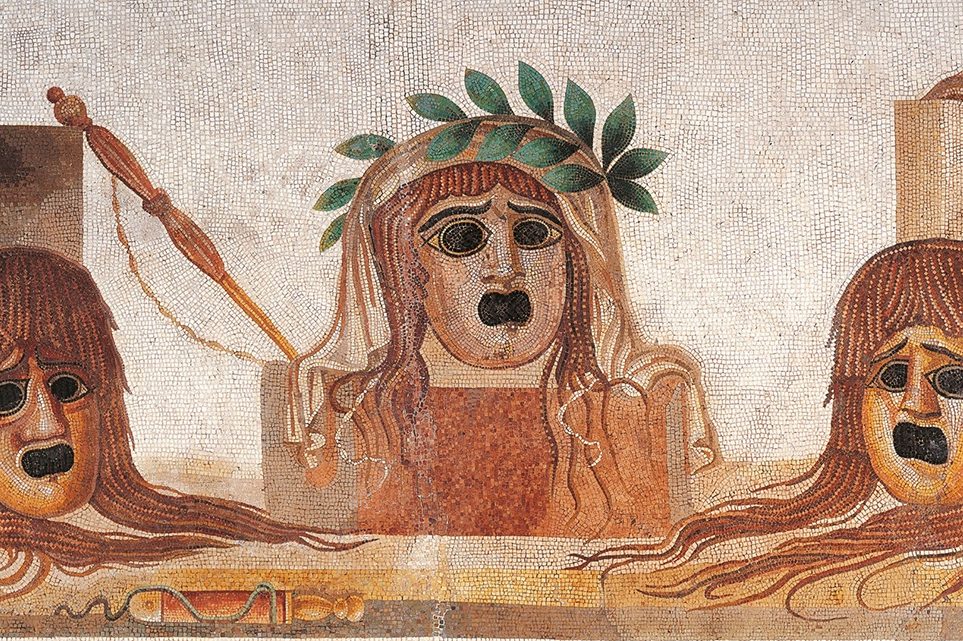I have been making the best of lockdown by reading properly, from start to finish, Edward Gibbon’s Decline and Fall of the Roman Empire, in a seven-volume edition that is less daunting than it sounds, when you consider how addictive his rolling prose is. I have just reached the point, near the end of the great work, where Gibbon describes the sack of Constantinople by the armies of the Fourth Crusade in 1204. The blind Doge of Venice had persuaded the crusaders to interrupt what was supposed to be an attack on Muslim Alexandria by diverting to the Byzantine capital, where Venetian merchants had a large number of grievances to settle. Gibbon lists the marvelous classical statues, many of bronze, that were melted down by the victors and turned into coins for everyday use. He points out that some of these statues, made for the ancient Greeks, portrayed pagan gods. In the early days of Constantinople, when Christianity was engaged in a struggle against pagan opponents who hoped to keep the temples of the old religion open, these gods were seen as the enemy, albeit one that did not actually exist. Even so, the statues of the gods were not just preserved but proudly placed in prominent positions not far from Emperor Justinian’s great cathedral of Hagia Sophia. The Venetians, with a better aesthetic sense than their crusader allies, carried off the two bronze horses from the hippodrome of Constantinople, and placed them above the portico of the doge’s immodestly vast chapel, better known as the Basilica of St Mark, where they can still be found (though they have now been moved indoors to avoid pollution).
These, then, were monuments to a pagan past that was roundly condemned by the Christians of Constantinople; but no one thought of taking them down before 1204. Further back in time, the ancient Greeks commemorated disgraced athletes, people accused of cheating at the Olympic Games, by setting up statues (of Zeus rather than the offending athletes) at the entrance to the stadium at Olympia. The bases can still be seen. They carried the name of the athlete and details of his offense. They were a warning to other athletes, and they shamed the city from which the disgraced athletes came. But their function was not entirely negative, since they were a way of maintaining the highest standards.
Both these examples show that memorials are not all about glory or approval. You might argue it is more useful to put up monuments commemorating the wicked than the good (who we now find are being labeled as wicked anyway). Charles Moore has sometimes mentioned in this magazine the uncritical support of Joseph Needham, former master of my Cambridge college, for Stalin and then Mao at a time when they were calmly disposing of millions of their citizens. Needham remained blind to such events as the Cultural Revolution. When I was a very junior fellow of my college I managed to visit Enver Hoxha’s Albania, then China’s closest ally and imitator. There were plenty of statues of Stalin to be seen. One night at dinner in college, over which Needham was presiding, I described my visit to the Museum of Atheism in Shkodër, and how priests had been shot and all religion had been banned in Albania. ‘Not like that in China!’ he protested, ‘Complete freedom of religion in China! Complete freedom!’ But no one disputes that Needham was a great pioneer in the study of Chinese civilization, despite his naivety about Mao’s regime. His portrait hangs in the hall of my college and no one insists that it should be taken away, even though the Mao suit in which he sat for the portrait is a clear reminder of his loyalties.
The simple truth is that the heroes of one country are the antiheroes of another. Britain commemorates the Napoleonic Wars with Trafalgar Square and Waterloo Station, while France remembers the victories of Napoleon at the Gare d’Austerlitz. Simon de Montfort and King Edward I, both of whom showed deep hostility to the Jews, are commemorated in statues across England, as supposed founders of the English parliament. Attila the Hun, one of the greatest mass killers in European history, has given his name to one of the main roads in Buda. The Mongol warlord Chinghiz (or Genghis) Khan is a national hero in Mongolia, as is Tamerlane in Uzbekistan, both of whom are accused of slaughtering hundreds of thousands of people time and again in conquest after conquest.
People may condemn the British Empire, but they remain silent about the extreme ruthlessness of other non-European empires. It is fashionable to play down the violence of the Aztecs, and even to cast doubt on the mass human sacrifices that took place in its capital, Tenochtitlán, the modern Mexico City. It is as if the devious and violent behavior of the Spanish conqueror of Mexico, Hernán Cortés, must mean that the Aztecs were peace-loving folk who liked nothing better than sitting by the fire chewing corn on the cob and drinking spicy hot chocolate, while telling funny stories about kindly gods who, for their part, drank human blood. Reports that the native inhabitants of the Caribbean ate one another must be part of an invented colonialist narrative in which these peoples were dehumanized into talking animals. In a famous essay, ‘Of Cannibals’, the 16th-century writer Montaigne already understood that the native peoples of America applied different moral standards to those in Europe, including an acceptance of cannibalism. But modern ‘post-colonialist’ historians try to exonerate the cannibals, with the paradoxical result that they are made to follow western moral standards. It is surely the height of condescension to assume that these people must have had the same moral objections to eating one another that western Europeans have had either now or in the 16th century.
The problem is that people looking at the past desperately want to take sides. That applies to the wider public, as you can see in the crowds outside Oriel College, Oxford. It applies within the universities too, where a consensus is emerging that the moral dimension to discussing the past must not be discouraged, as once it would have been. I am all in favor of extending the syllabus in history faculties and departments to include parts of the world far from Europe. But it is one thing to admit that history has been taught in universities from a heavily Eurocentric perspective. It is quite another to insist that the past should be reconfigured as a moral lesson in the depravity of European empires.
The new iconoclasm that targets statues of antiheroes also extols a new set of heroes. Oddly, little is heard of Wilberforce and Clarkson, the obvious names to seize upon when discussing the abolition of the slave trade. But they were white males, and Wilberforce has been the subject of a distinguished biography by a Conservative white male politician. A few years ago Mary Seacole, who was of mixed parentage, was much in fashion; it was suggested she should appear on the back of the new plastic bank-notes. There is no doubt that she was exceptionally enterprising: she set up a hotel for Americans building a railway across the isthmus of Panama, the precursor of the Panama Canal. These were disease-ridden conditions in which yellow fever was rampant, but the isthmus was seen as a quick route to California from the East Coast of the United States, while another fever, that for gold, raged, and while it was still difficult — often dangerous — to cross the vast expanse of North America overland.
Florence Nightingale might be condemned today as the agent of empire, or a tool in the war between empires — Britain and Turkey on one side, Russia on the other. But the finger might also point to Mary Seacole: the project for a Panama Canal had originally been launched by France, but the United States became increasingly involved, and eventually took over the whole enterprise at a staggering cost, as part of the supposedly non-imperial extension of American power into the Caribbean and Pacific, from Puerto Rico to Panama and as far afield as the Philippines.
Recently, the eminent British historian of Germany Richard J. Evans has written in the New Statesman about how he was brought up in the 1950s in a world where it was a matter of pride that so much of the world map was pink. Evans rightly singles out golliwogs as evidence for racist assumptions at that time. Robertson’s Jam offered golliwog badges to children who sent in a certain number of labels, and I still have mine, because it was the first letter addressed to me that I ever remember receiving. My parents otherwise disapproved of golliwogs, and I was totally nonplussed about what creature they were supposed to represent. Interestingly, the Nazis took against golliwogs, arguing that they were about as non-Aryan as it was possible to be and — bizarrely — that children who owned toys with a black face were less inclined to wash their own faces. Their inventor, Florence Kate Upton, had an ambiguous attitude to her creation, which first appeared in a children’s book published in 1895. On the one hand they were horrid to look at; on the other, they were kind and friendly. They were, nonetheless, a racial caricature, and I am glad they have almost completely disappeared.
***
Get a print and digital subscription to The Spectator.
Try a month free, then just $7.99 a month
***
Evans assumes that ‘colonialist’ history underwent a revival with Michael Gove’s plans to revise the history curriculum in the UK, basing it around British history. In 2013, at the time the new curriculum was being forged, I wrote in a pamphlet for the Politeia think-tank that ‘it is essential to know the street-plan of one’s own neighborhood before learning the street-plan of Kuala Lumpur or Vilnius’. Far from glorifying empire, the curriculum I proposed said little — too little, I now admit — about it; my grouse was that a generation was growing up that had no idea what the Domesday Book was and why it mattered, or when, how and with what effects on British culture the King James Bible was produced.
So it was, and remains, essential to look at changes and continuities across a very long period of time, and the only place to begin is within the society where one lives. It goes without saying that horizons need to be expanded later on, whether through discussion of the British Empire or — much better — a comparison between the British Empire and the other empires which have sprung in and out of existence over several millennia. It is hard to find benign empires. The later Habsburg Empire in central Europe had the great virtue of bringing together reasonably peacefully a great variety of peoples and religions in cities such as Trieste (thanks to Empress Maria Theresa). Elsewhere, the picture tends to be much bleaker, whether discussing the ancient Assyrians or the Belgian Congo.
That takes me back to Edward Gibbon. His Roman Empire, stretching across the one and a half millennia from the Emperor Augustus to the Turkish conquest of Constantinople in 1453, experienced mass slaughter by rival claimants to the imperial throne, by barbarian invaders, and not least by warring religions, not just pagans against Christians and Muslims against Christians, but Christian sects joyfully exterminating one another. Tranquillity was rare. Violence and the degradation of other people have been constants of human history. This is well understood in Germany, which, by and large, has shown great honesty about its particularly horrific recent past. Germans distinguish between two types of memorial: the Denkmal, which is a commemorative monument or plaque, and the Mahnmal, which serves as a warning, We could do with more memorials to controversial people in public places, not to honor them but to remember the impact they had — which was often, in fact, a combination of bad and good.
David Abulafia is Emeritus Professor of Mediterranean History at the University of Cambridge. This article was originally published in The Spectator’s UK magazine. Subscribe to the US edition here.



